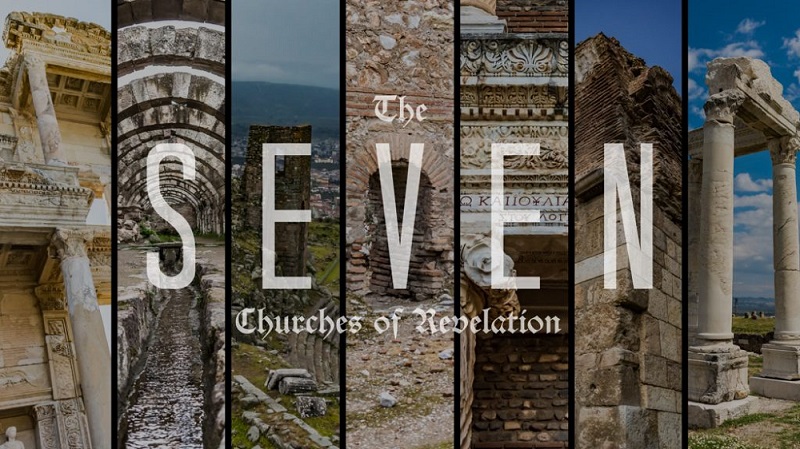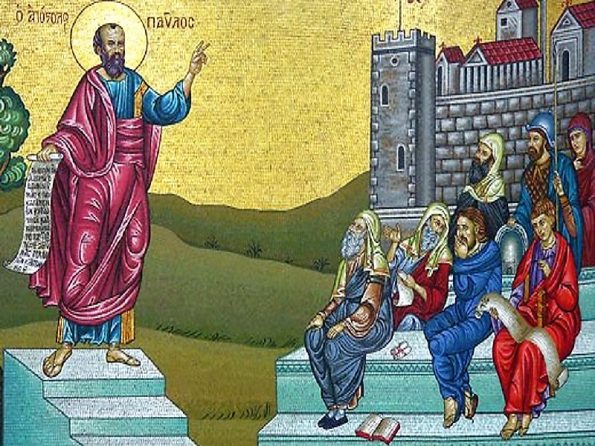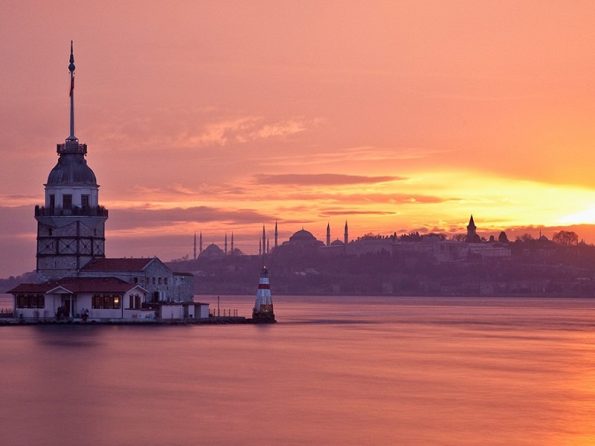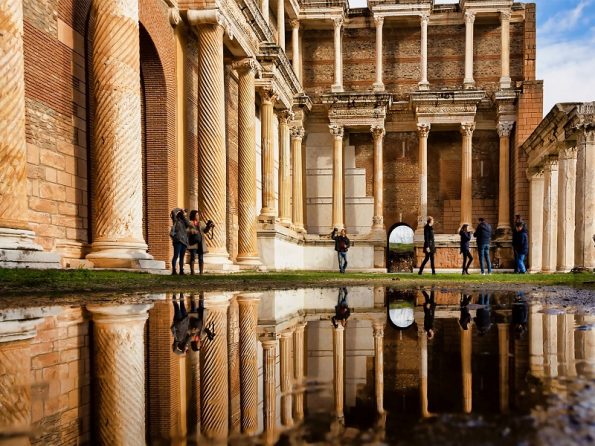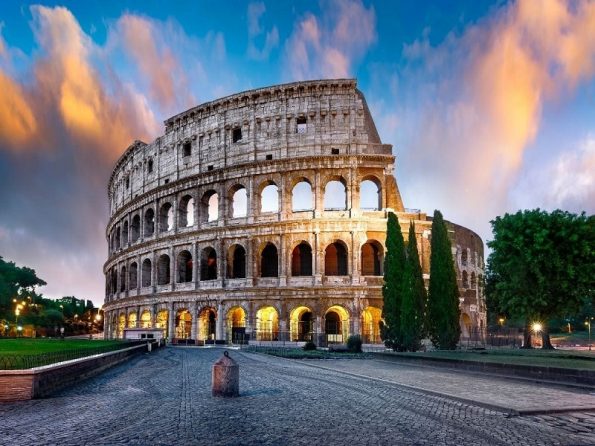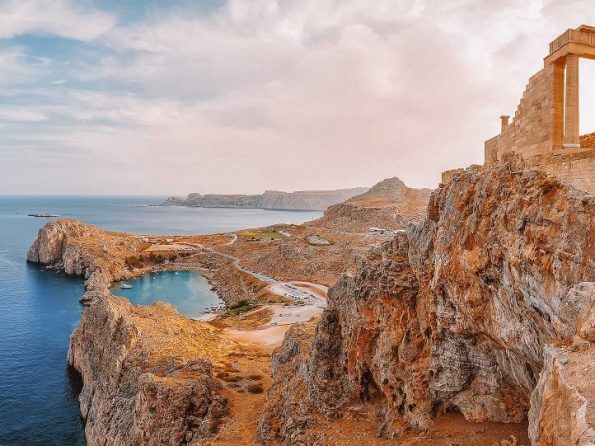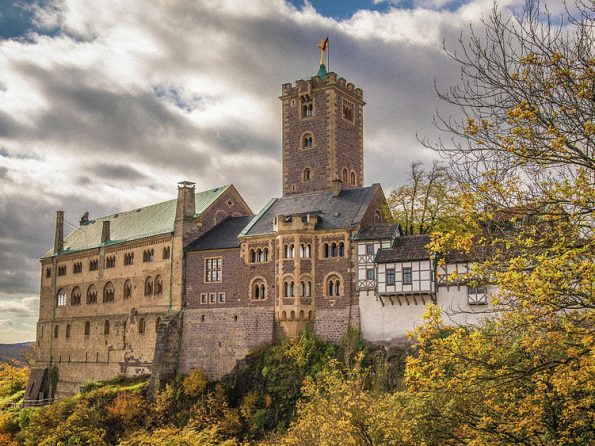Days / Nights
12 Days / 11 Nights
ISTANBULL
HAGIA SOPHIA
KAYSERI
CAPPADOCIA
KONYA
ANTIOCH OF PISIDIA
ATALLIA
PERGE
ASPENDOS
COLOSSAE
PAMUKKALE
LAODICEA
PHILADELPHIA
SARDIS
IZMIR
PERGAMUM
THYATIRA
EPHESUS
KUSADASI
MILETUS
DIDYMA
PRIENE
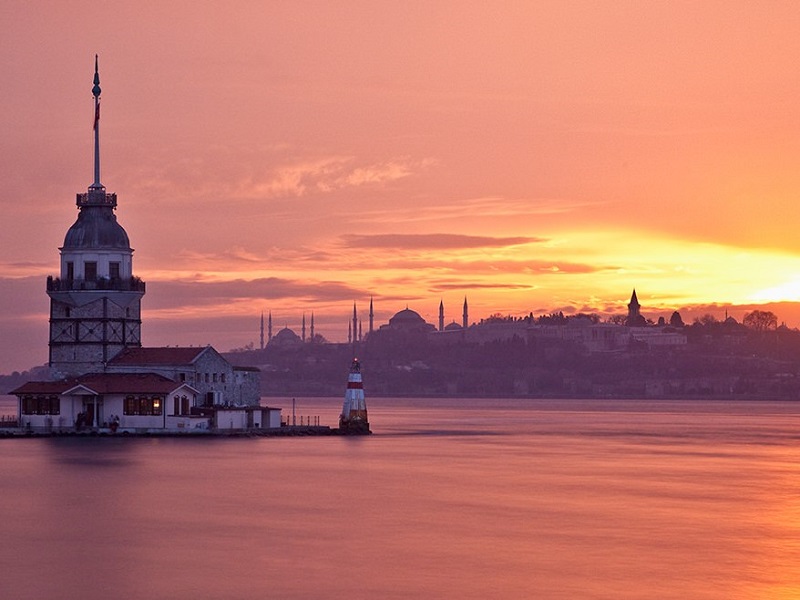
Day 1: AIRPORT ARRIVAL – ISTANBUL
Arrival in Turkey – Istanbul and direct transfer to our hotel. After checking-in and a brief time of rest, we’ll end our long travel day with a delicious meal. Dinner and overnight stay.
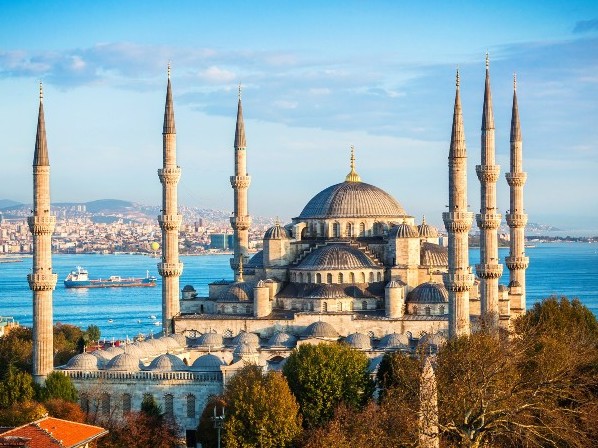
Day 2: ISTANBUL – HAGIA SOPHIA
After breakfast, we will begin our first day in the historic city of Istanbul, at the Hagia Sophia (the church of “Holy Wisdom”). This is the crowning achievement of the sacred building program of Emperor Justinian, the 6th-century head of the Christian Byzantine Empire. This vast light-filled space, surmounted by a great dome rimmed with windows, remains one of the most impressive sacred edifices ever built by humans to the glory of God. We also visit the Blue Mosque, which was built during the years 1609-1616 and was intended to compete with the impressive beauty of the Hagia Sophia. Inside, the famous blue-and-white tile work is bathed in light from 260 windows. Then head underground to the Basilica Cistern, a vast water cistern underneath the city. The cistern’s roof is held up by 336 columns that are over 26 feet high. Visitors tread walkways to the mixed sounds of classical music and dripping water, making this perhaps the most unusual tourist attraction in Istanbul. Our final stop of the day is the Grand Bazaar. Nothing can quite prepare you for the labyrinth of streets covered by painted vaults and lined with thousands of booth like shops whose owners relentlessly pursue you in their quest to make a sale. Dinner and overnight stay.
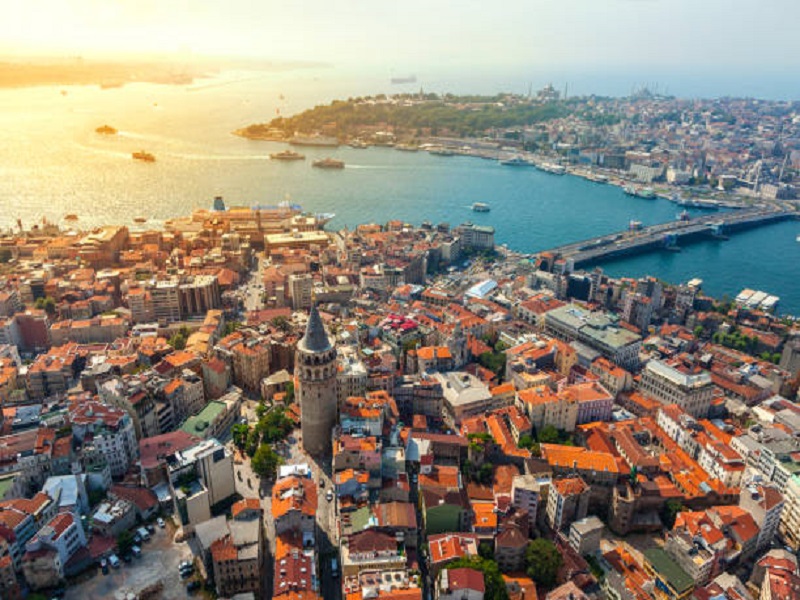
Day 3: ISTANBUL
Our second day begins with a visit to the Archeological Museum, housing spectacular finds from all over Turkey. Afterwards, we visit the Church of St. Savior in Chora. Built in the 11 th century and decorated in the 14th, this church houses one of the best-preserved collections of Byzantine mosaics and frescoes anywhere. Next proceed to Topkapi Palace. This elaborate complex of buildings and gardens, originating in the 15th century and greatly expanded over the following centuries, is now a museum that houses important artifacts and treasures relating to Turkish life and history during the Ottoman Empire. Then enjoy a beautiful cruise on the Bosphorus Sea, a relaxing and excellent vantage to view Istanbul’s many famous landmarks that dot both its European and Asian shores. Return to our hotel for dinner and overnight.
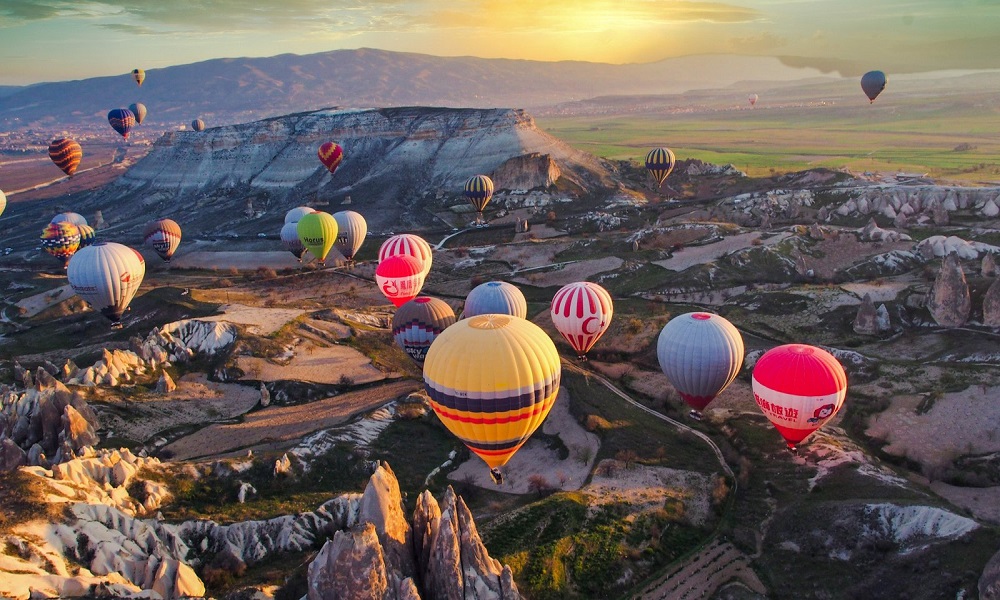
Day 4: KAYSERI – CAPPADOCIA
We get up early, eat breakfast and leave to catch our morning flight to Kayseri. Once there, take a short drive to the unforgettable sights of Cappadocia. This remarkable region is where the erosion of soft volcanic stone has created bizarre yet beautiful geological formations rock cones, capped pinnacles, stark ravines, and steep precipices. The Göreme Valley, declared a UNESCO World Heritage Site, contains 30 or more churches built by carving rooms out of the soft volcanic tufa. These churches date from the 9th century onwards and feature superb Byzantine frescoes of biblical and early Christian scenes. Also visit the underground city of Kaymalki, one of around 40 underground cities whose use dates back to the 5th century BC. It was extensively occupied by Christians during the Byzantine period. We reluctantly leave the magical region of Cappadocia for the three-hour drive to Konya, ending the day with dinner and overnight.
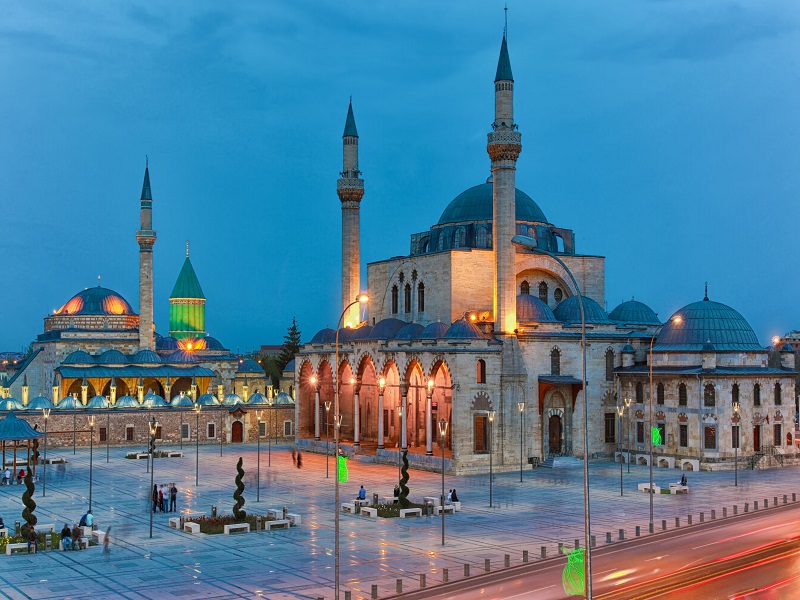
Day 5: KONYA – ANTIOCH OF PISIDIA – ATALLIA
In the morning after breakfast we will start our day at Konya, known in the ancient world as Iconium. Konya was a key place Paul ministered not only on his first missionary journey (Acts 14:1-7), but almost certainly on his second and third missionary journeys as well (Acts 16:6; 18:23). We stop briefly at Alaadin Tepesis, the current location of one of the oldest and most important mosques in the city, but more importantly at the acropolis of ancient Iconium. The mosque’s columns date back to Roman times and connect us to the ministry of Paul in this city. Nearby is the ancient city of Lystra, which we will not visit since little is left of its former glory. Yet it is another important site in Paul’s life since the Apostle ministered here too on each of his three missionary journeys (Acts 14:5-20; Acts 16:6; 18:23). It was also the hometown of his closest helper, Timothy. Next, travel to an even more important city in Paul’s first missionary journey: Antioch of Pisidia. Archaeological excavations here have uncovered the remains of a thriving city complete with theater, imperial temple, stadium, baths, nymphaeum, paved streets and aqueduct. This Antioch likely included Christians to whom Paul wrote in his letter to the Galatians. We’ll visit the ruins of the ancient city and its museum in Yalvac, which contains the important Sergius Paulus inscription. On the road to Antioch, make a brief stop at the Hittite site of Eflatun Pinar. Then enjoy the scenic drive south over the Taurus Mountains to Antalya, a popular resort on the edge of the Mediterranean Sea. Dinner and overnight.
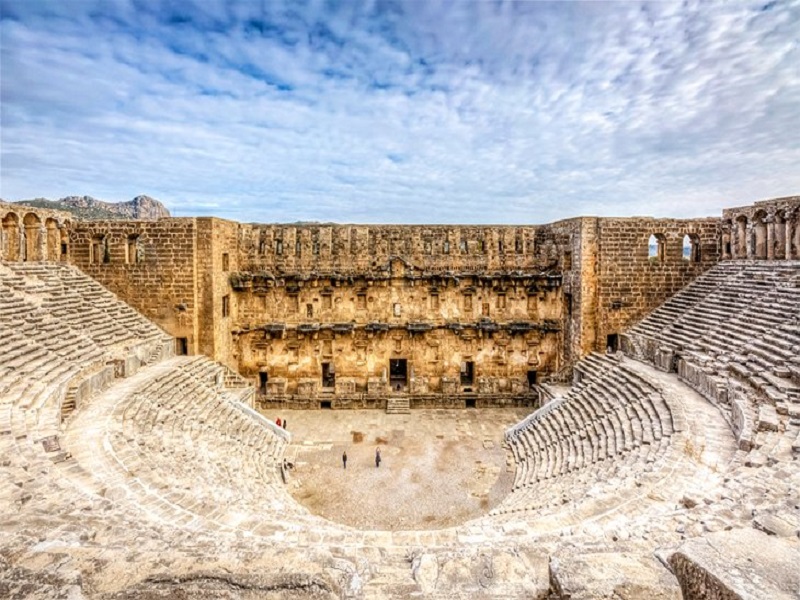
Day 6: PERGE – ASPENDOS – ATALLIA
After a delicious breakfast we will start our day at the ancient city of Perge, located some 10 miles east of Antalya. Is where Paul landed after sailing from the island of Cyprus during his first missionary journey (Acts 14:13-14). That Perge was then a wealthy city and is still seen today with its 15,000-seat theater, 12,000-seat stadium, Hellenistic gate with its “Twin Towers,” baths with underfloor heating, colonnaded marketplace, water fountains and impressive colonnaded street with a flowing water channel to help cool the air. A little further east is Aspendos, impressive for its magnificent aqueduct and its 20,000 seat theater. The best preserved theater in all of Turkey. We then return to Antalya, which in Paul’s day was known as Atallia and was the place from where the Apostle sailed home at the end of his first missionary journey (Acts 14:25-26). In the heart of the old town we will visit the St. Paul Cultural Center, a “coffee shop” run by Christians that, more importantly, also serves as home to two churches: one Turkish and the other international. Enjoy a tasty lunch then follow Paul’s itinerary exactly by taking a boat excursion out of the ancient harbor. This two-hour boat ride follows the Mediterranean coastline east, passing an impressive waterfall before returning to the harbor. Return to the hotel, dinner and overnight.
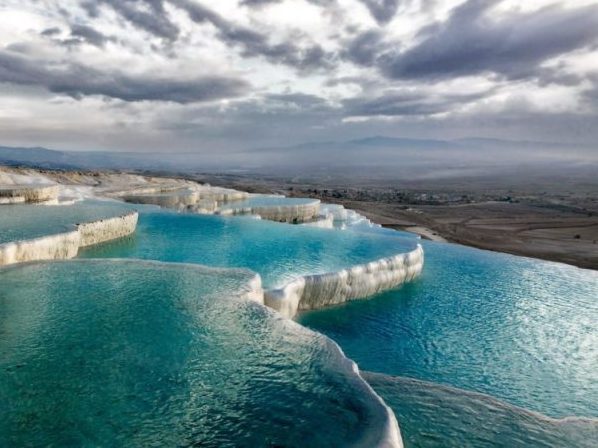
Day 7: ATALLIA – COLOSSAE – PAMUKKALE
After breakfast, this morning we will enjoy the scenic drive north over the Taurus Mountains to the Lycus Valley where three important biblical cities are to be found: Colossae, Hierapolis, and Laodicea. Our first stop in Colossae will be brief since this site has not yet been excavated. Nevertheless, this is an important site for Christians to visit since Paul sent two letters here: one to the church of Colossae and one to the rich Christian slave owner Philemon, who hosted the Colossian church in his home. Our second stop is Hierapolis. With its thermal hot springs, well-known in the ancient world for their medicinal qualities, and its spectacular white travertine terraces, Hierapolis remains as popular with travelers today as it was in biblical times. Equally impressive are the remains of the ancient city that include the Arch of Domitian, a colonnaded street and marketplace, ancient baths, a 20,000-seat theater built in 200 BC, the largest ancient graveyard in Anatolia containing over 1,200 tombs, tumuli and sarcophagi, and the Martyrium of St. Philip, a 5th century AD structure on the site where Philip either the apostle or the evangelist (Acts 6:1-7; 21:8-9; Acts of Philip) was believed to have been killed in 80 AD. Dinner and overnight in one of the modern resorts of Pamukkale.
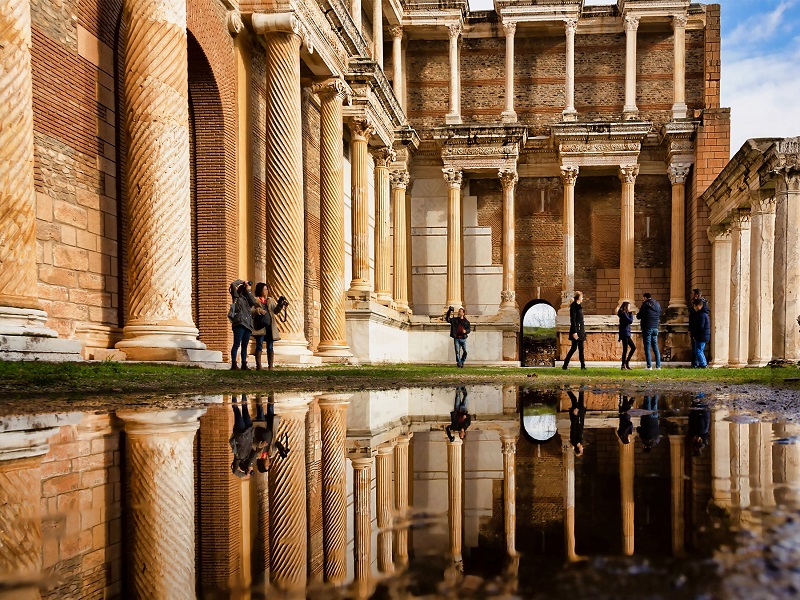
Day 8: LAODICEA – PHILADELPHIA – SARDIS – IZMIR
We will start the day by visiting the third of the three key biblical cities in the Lycus Valley: Laodicea. Although excavation work is still in its early stages, Laodicea was a major city in Roman times, as is clear from the size of the ancient site and its two theaters, stadium, aqueduct and major street lined with shops. It is the last of the seven churches to whom John directed the book of Revelation (Rev. 3:14-22). It had a close relationship with the nearby churches of Colossae and Hierapolis (Col. 4:13-15) and was the recipient of one of Paul’s now lost letters (Col. 4:16). Our next stop is the ancient city of Philadelphia, where much has been destroyed or lies buried under the modern city in an earthquake prone area. John wrote to the church here (Rev. 3:7-13), commending them for their patient endurance in spite of persecution and promising them they would be “a pillar in the temple of my God.” Our third stop is Sardis (Rev. 3:1-6). Here we see the remains of the magnificent temple of Artemis, the beautifully reconstructed gymnasium and public baths, the largest known synagogue outside Palestine and Byzantine era shops, which testify to the presence of a significant Christian community. End the day in the port city of Izmir, known in the ancient world as Smyrna and now the third largest city in Turkey. After our dinner, the evening will be free to walk the beautiful promenade that follows the shoreline of this harbor town. Overnight.
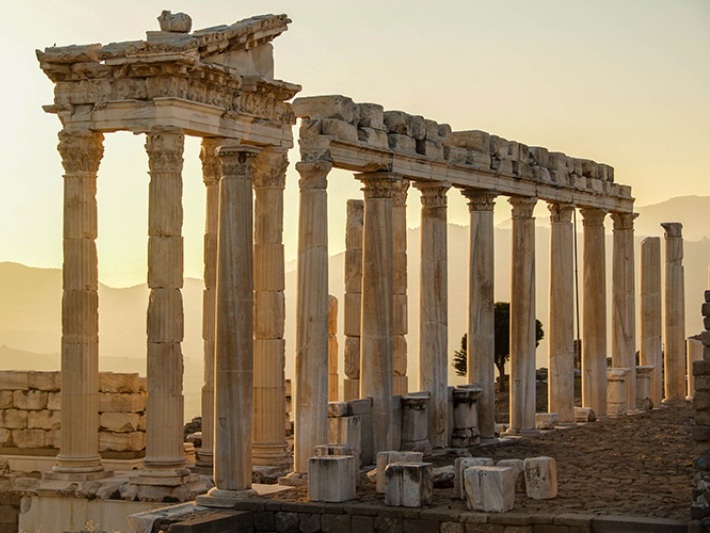
Day 9: IZMIR – PERGAMUM – THYATIRA
We will begin the day by driving up to Mt. Pagus, called Kadifekale, the acropolis of ancient Smyrna that provides a great view of the modern city of Izmir and its harbor. Here we think about John’s word of commendation for the Christians in Smyrna who were persevering in the faith despite persecution (Rev. 2:8-11). We also think about the martyrdom of Polycarp, the disciple of John and later bishop of this city, who in 155 AD was burned alive at age 86 for refusing to deny Christ. Then travel north to Pergamum, one of the most impressive archaeological sites in all of Turkey. Its attractions are hard to surpass: a 10,000-seat theater that is the steepest in the ancient world, the magnificently restored temple of Trajan, a library of 200,000 volumes second in size only to that in Alexandria, the base of the Alter of Zeus. Now it is removed and reassembled in the Pergamum Museum in Berlin. John warned the church here that they were living in a place of “Satan’s throne” (Rev. 2:12-17). If time permits, stop briefly in the ancient city of Thyatira. Due to the presence of the modern city of Akhisar, few archaeological remains have thus far been uncovered. John warned the church here about its toleration of a woman symbolically called Jezebel who was leading believers astray, causing them “to practice sexual immorality and to eat food sacrificed to idols” (Rev. 2:18-29). Return to our hotel in Izmir for dinner and overnight.
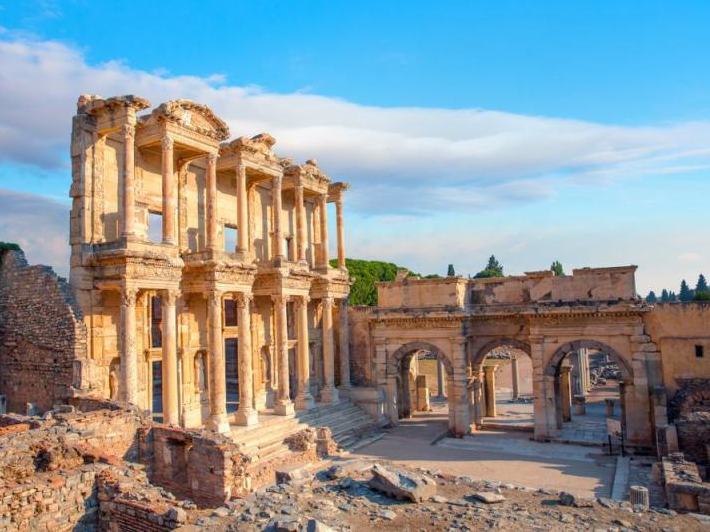
Day 10: EPHESUS – KUSADASI
Today will likely be the high note of the tour as we visit the most impressive biblical site of our trip, Ephesus. This was one of the most beautiful cities of the ancient world and its former glory can be easily appreciated today from its well-preserved streets, temples, fountains, public baths, terraced houses and theaters. Ephesus was also the site of the Artemis temple, one of Seven Wonders of the Ancient World. Here is the same theater where some 24,000 citizens of Ephesus gathered shouting “Great is Artemis!” in a riot started in response to Paul’s ministry there. The Apostle visited this city only briefly during his second missionary journey (Acts 18:18-21), but returned during his third missionary journey for a much longer period of two years and three months (Acts 19:1-20:1). Timothy later served as pastor in this city during which time Paul wrote him two letters (1 & 2 Timothy). Ephesus served as the home base for the Apostle John’s ministry from where he wrote a number of letters (1, 2, 3 John) and to which he sent the Book of Revelation. In addition to the ancient city, also visit the “slope houses”, the Ephesus Museum that houses many impressive items from this site, and the Basilica of St. John. Overnight in the nearby port city of Kusadasi

Day 11: MILETUS – DIDYMA – PRIENE – IZMIR – ISTANBUL
After breakfast a short drive brings us to Miletus. Due to its four harbors and strategic location on the Aegean coast of Asia Minor, it was one of the great cities of commerce in the ancient world. Of the surviving buildings, the finest is the 15,000-seat theater originally built in the Hellenistic period and expanded in Roman times. Other buildings include the bouleuterion, built during the reign of the infamous Antiochus IV (175-164 BC), the Sacred Road leading to the Apollo Temple in nearby Didyma, the gymnasium, and well preserved Baths of Faustina that date back to AD 43. Paul stopped in Miletus on the return leg of his third missionary journey, where he summoned the elders from Ephesus to meet with him and hear his lengthy and poignant farewell speech (Acts 20:17-35). Some ten miles away, connected by the Sacred Road, was Didyma, not a city but a religious site devoted to Apollo. The impressive temple built in his honor here consisted of 122 columns six feet in diameter and reached some six stories high. Although only three full columns have survived, the remaining stunted columns demonstrate why this shrine was a notable rival to the famous temple of Apollo at Delphi with its renowned oracle. Nearby Priene is distinctive not only due to its cliffside location but also because its streets that were laid out in regular grids according to the Hippodamian model of city planning, unlike the sprawling, accidental arrangement of most ancient cities. Those who climb up to Priene are rewarded with several impressive buildings including the temple of Athena, built in the 4th century BC and considered one of the great achievements of Ionian architecture. The work was supervised and funded by Alexander the Great who resided here during the lengthy siege of Miletus. The theater, though not so large, is quite impressive, as is the large council chamber. In the late afternoon, drive to the nearby airport of Izmir for a brief evening flight to Istanbul. A farewell dinner at a restaurant and after that we will have time to repack and rest before our long trip home tomorrow.

Day 12: RETUN HOME
Transfer to Atatürk Airport. We are confident that Paul’s Missionary Journeys in Turkey and the Seven Churches of Revelation has been instructive, inspirational and full of great memories!
We present you various proposals of excursions but also we can customize our services “depending on your needs”.


